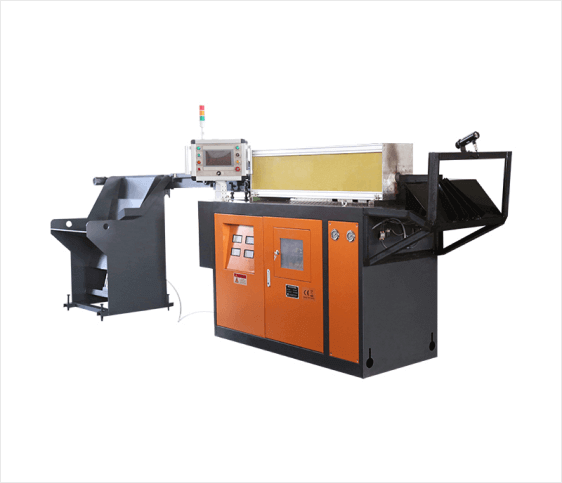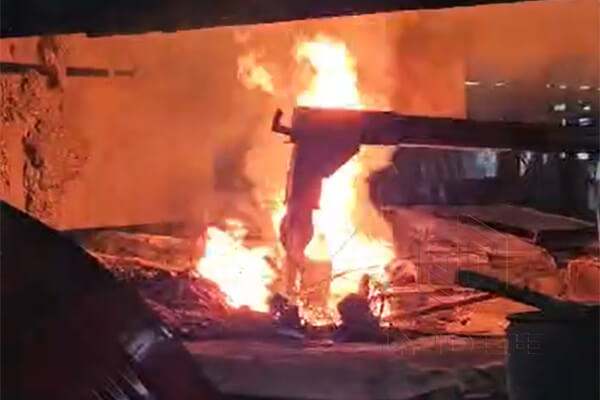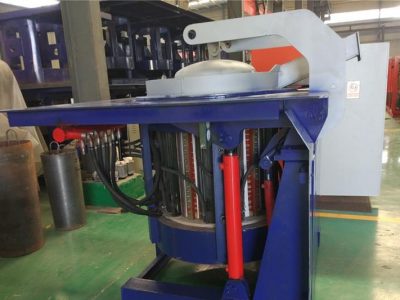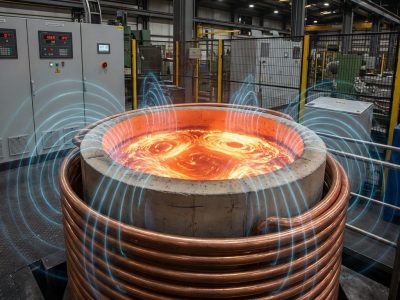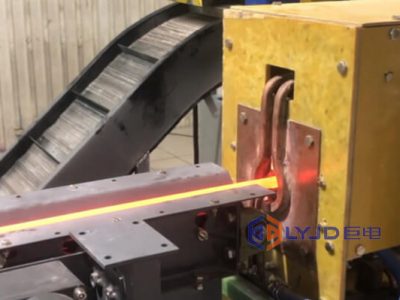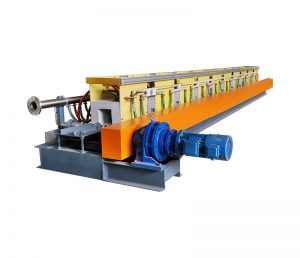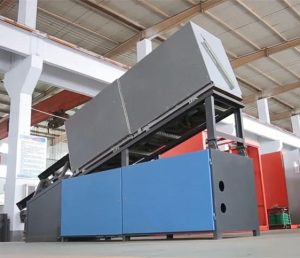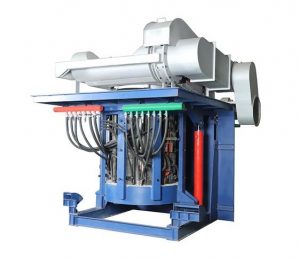Medium frequency induction furnaces are critical in metalworking, foundries, and casting industries. Choosing the right furnace ensures high efficiency, superior product quality, and long-term cost savings. This expert guide highlights the key considerations to help industrial buyers select the ideal medium frequency induction furnace for their operations.
Identify Your Operational Requirements
Before selecting a furnace, clearly define your production needs. Consider the type of metals or alloys you’ll work with, the daily or batch production volume, and specific temperature or precision requirements. This assessment ensures you choose a furnace with the correct capacity, power rating, and operational flexibility.
Determine Melting Capacity and Energy Efficiency
The melting capacity of a medium frequency induction furnace can range from a few dozen kilograms to tens of tons. Matching the furnace capacity with your production volume is essential to optimize energy use and reduce operating costs. High-efficiency furnaces not only save energy but also shorten melting cycles, increasing overall productivity.
Choose the Right Power Supply and Frequency
Medium frequency induction furnaces operate on either single-phase or three-phase power, with frequencies typically between 1 kHz and 10 kHz. Selecting the appropriate power configuration depends on your facility’s electrical supply and the type of material being processed. Proper matching ensures stable performance and prevents unnecessary energy loss.
Select Crucible and Lining Materials Carefully
Crucibles and furnace linings affect durability, thermal efficiency, and chemical compatibility. Refractory materials must withstand high temperatures and resist corrosion from molten metals. Choosing the right combination of crucible and lining ensures longer service life, fewer maintenance interruptions, and better product quality.
Utilize Advanced Control Systems
Modern medium frequency induction furnaces offer sophisticated control systems that enhance precision and automation. Features such as digital temperature control, power modulation, and automated data logging improve melt consistency, reduce human error, and streamline production workflows.
Prioritize Safety Features
Industrial safety is non-negotiable. Look for furnaces with built-in safeguards, including overheat protection, emergency shutdown mechanisms, and fault diagnostics. Investing in safety features protects operators, reduces the risk of accidents, and ensures regulatory compliance.
Evaluate Reliability and Manufacturer Support
A furnace is only as good as its manufacturer. Choose a supplier with a proven track record of reliability and responsive after-sales support. Availability of spare parts, timely maintenance services, and technical assistance are key factors that reduce downtime and maximize operational efficiency.
Consider Budget and Total Cost of Ownership
Beyond the initial purchase price, consider the total cost of ownership, including energy consumption, maintenance, and operational efficiency. A slightly higher upfront investment in a high-quality, energy-efficient furnace often results in significant long-term savings.
Plan for Future Expansion
Your furnace should support future growth. Select models that allow easy upgrades or expansion to meet increasing production demands. This flexibility prevents the need for costly replacement systems and ensures your investment adapts to evolving industrial needs.
Seek Expert Guidance
Choosing a medium frequency induction furnace can be complex. Consult with industry experts, experienced suppliers, or technical consultants to gain insights specific to your operational requirements. Expert advice ensures you select a furnace that aligns with both technical and business objectives.
Conclusion
Selecting the right medium frequency induction furnace requires careful evaluation of capacity, efficiency, safety, and long-term costs. By considering operational needs, technological features, and supplier reliability, you can invest in a furnace that maximizes productivity, reduces operational costs, and supports sustainable growth.
